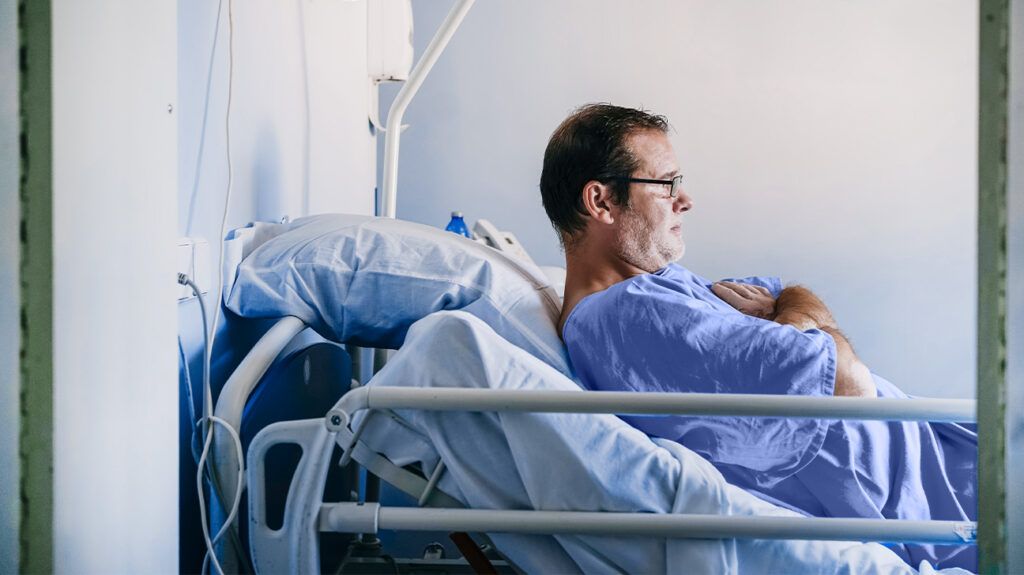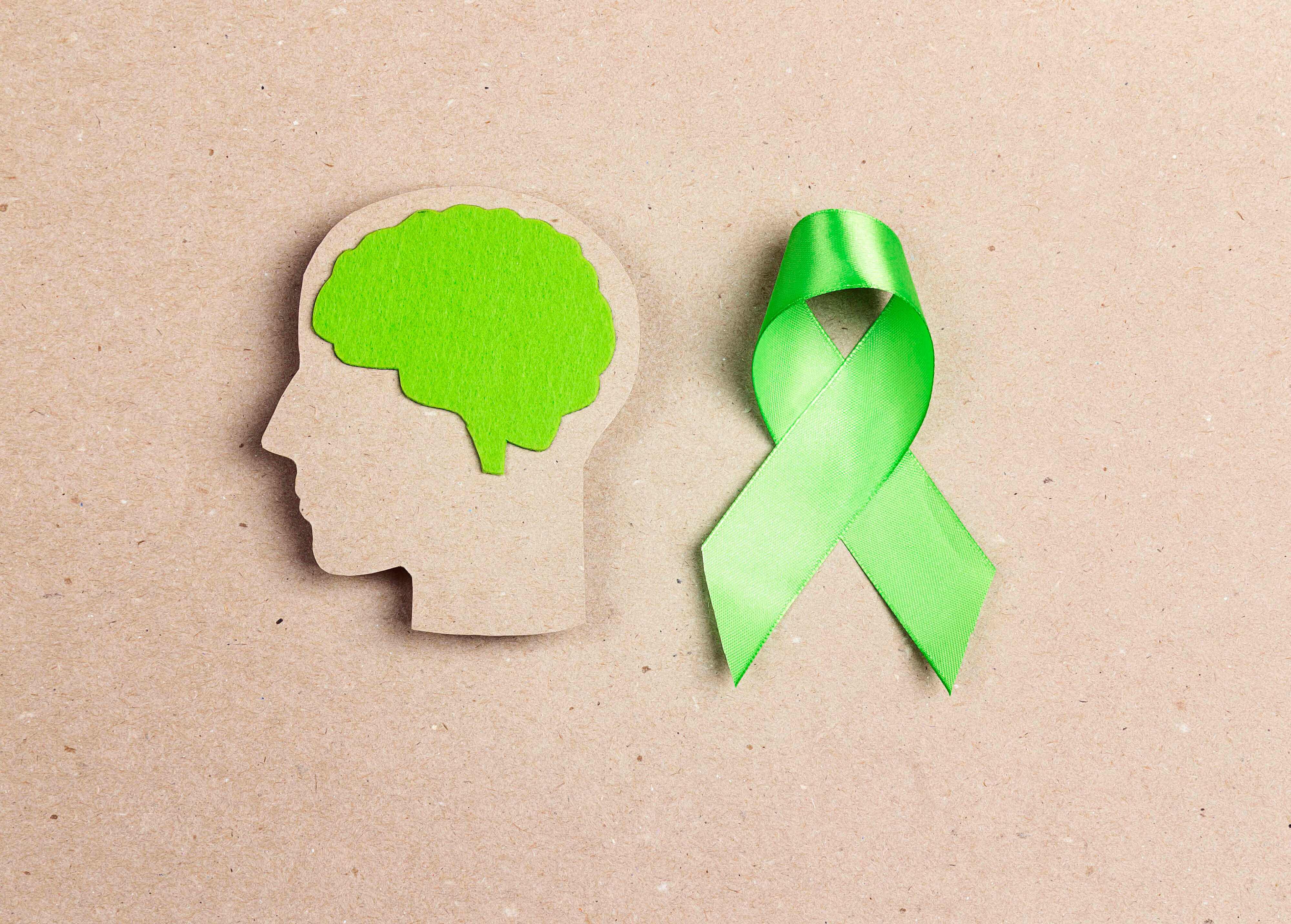Deconditioning Syndrome: Symptoms And Treatment

Deconditioning syndrome refers to a group of symptoms that occur as a result of inactivity or bed rest. They can include reduced muscle strength, stamina, and coordination.
These changes start to set in quickly during periods of illness, affecting many aspects of health and well-being, including mental health.
Health professionals are increasingly recognizing the impact of deconditioning and the importance of helping people get rehabilitated as soon as it is possible.
Deconditioning occurs when a person is immobile for an extended period of time. Sometimes, this is unavoidable due to an injury or illness.
However, if a person rests more than they need to or does not get moving again when possible, it can be harmful.
During inactivity, the body starts shifting energy and resources away from areas a person is not using much, such as the muscles and bones.
The term “deconditioning syndrome” refers to the group of symptoms that develop as a result of extended rest. Other names for the phenomenon include hospital-associated deconditioning and posthospital syndrome.
At present, deconditioning syndrome does not have a set symptom criteria, so there is no official list of symptoms. However, a 2024 review states that it is a whole-body condition that can affect people mentally and physically.
Deconditioning may result in:
Not everyone experiences all of these symptoms. Deconditioning can range from mild to severe depending on various factors, such as:
- how long a person was inactive for
- how much they were able to move during that time
- their age
- their overall health before the illness or injury
However, the symptoms of deconditioning should begin to steadily improve with rehabilitation, or “reconditioning”. If they do not change or get worse with activity, they may have another cause.
However, it takes around a week for significant muscle loss to develop. A 2022 study of older adults found that after 7 days, frailty started increasing, with 37.3% of people meeting the criteria for sarcopenia by this point. Sarcopenia is the medical term for muscle loss.
However, it is important to note that older adults are particularly vulnerable to deconditioning.
The NHS states that, as a general rule, it takes around twice as long to regain strength as it does to lose it. So, if a person rests for 1 week, it may take 2 weeks of activity to fully recover their strength.
However, this may vary depending on the individual and their situation.
While the process of deconditioning is complex, a 2022 journal article emphasizes that the solutions are simple. A gradual increase in everyday activities, and ultimately, exercise, can reverse many of its effects.
However, this can be a challenging process, especially for people with more severe deconditioning or chronic conditions.
Physical activity may feel difficult and tiring at first, and it may take time to notice significant improvements. For some, there may also be physical barriers, such as an impairment or an inaccessible home.
For this reason, it is important for loved ones, healthcare professionals, and workplaces to understand deconditioning and support people as they recover. A person may need help from multiple people in order to get better.
Strategies that may help include:
These movements can help people maintain muscle even while lying down. If a person has a physical injury or surgical wound, they should speak with a physical therapist before trying these.
- bending and straightening the wrists
- pulling the shoulders up toward the ears, then relaxing
- with the arms at one’s sides, bend the forearms upward, then lower
- raising the arms overhead, then lowering them back down to one’s sides
- bending and straightening the ankles
- sliding the legs out to the sides, then inwards
- bending one leg, then sliding the foot toward the bottom of the bed
- raising one leg, keeping it straight, then lowering it back down
Next, people may progress to exercises they can do from a sitting position. Again, check with a doctor or physical therapist if these are safe if a person has an injury.
- turning the head left to right
- rolling the shoulders forward and backward
- lifting the arms up and down
- rotating the upper body left to right
- lifting one leg straight in front, then lowering it again
- lifting the leg with the knee bent, then lowering it again
- lifting the legs as far under the chair as possible, then releasing
Where possible, start trying to do everyday activities again, starting small and working upward. This may mean:
- getting up to use the bathroom
- getting washed every day
- changing into new clothes every day
- sitting up in bed or at a table for meals
- doing some cooking or cleaning
Not only does this help with rehabilitation, but it may also increase independence and confidence.
Gradually, a person can start doing low intensity forms of exercise.
Doing this as part of a hobby or social activity can help a person stay motivated, as well as manage the isolation that can occur when a person is recovering from an illness or injury.
- going for walks, starting with small distances and steadily increasing
- visiting nearby parks, stores, or friends and family
- recreational activities, such as bowling or dancing
- beginner-level fitness classes
Because deconditioning happens quickly and recovering can be a long process, it is beneficial for people to try and prevent it, wherever they can.
Even small amounts of activity can help a person maintain some independence. The BGS suggests:
- Communicating with staff: Let ward staff know what a person usually does themselves. This will prevent them from doing things for the person, helping them maintain independence. If a person needs glasses or hearing aids, make sure they have them in the hospital so they understand what is happening.
- Doing regular tasks: People should try to keep doing self-care tasks themselves, wherever possible. This includes getting to the bathroom, feeding themselves, and getting dressed.
- Asking for equipment: If walking is difficult, ask for equipment that may help, such as walking sticks, crutches, or walkers.
- Changing positions: While in bed, keep changing positions. Sit up or do exercises from bed, if possible.
That said, it is important not to push too hard, particularly if symptoms of a chronic condition get worse as a result of physical activity. If that is the case, speak with a doctor or physical therapist.
Deconditioning syndrome is a group of symptoms that develop when a person rests for an extended period of time. This rest can affect many systems in the body, diminishing a person’s muscle strength, coordination, bone density, and more.
The effects and time it takes to recover from deconditioning depend on how long a person has had to rest for, as well as other factors, such as age and overall health.
Recovery from deconditioning can take time, but it is often possible to reverse. The main treatment is a gradual increase in physical activity.
Some people may need additional support to get better. If a person is struggling physically or mentally after an illness, injury, or surgery, they should speak with a doctor.



